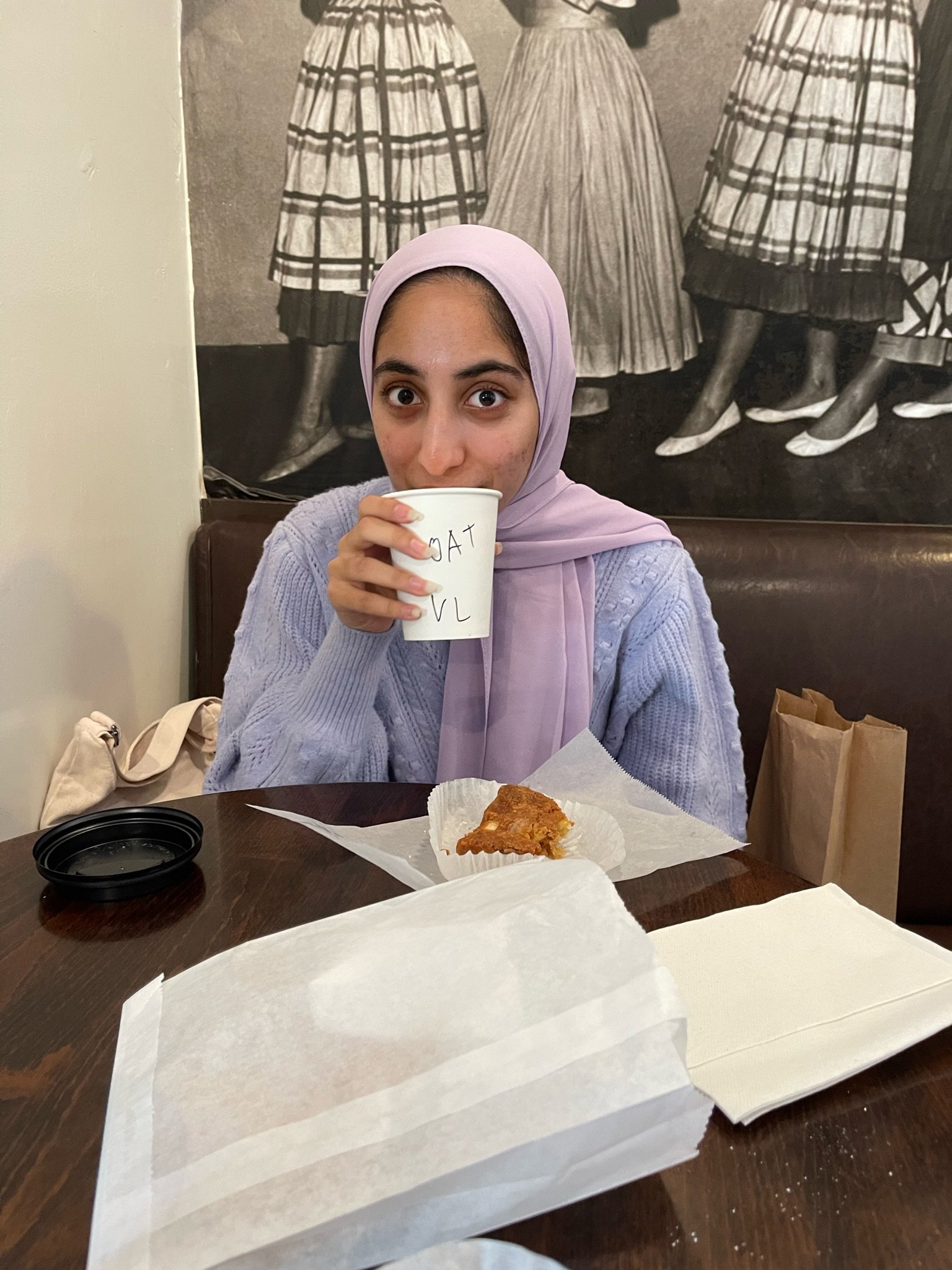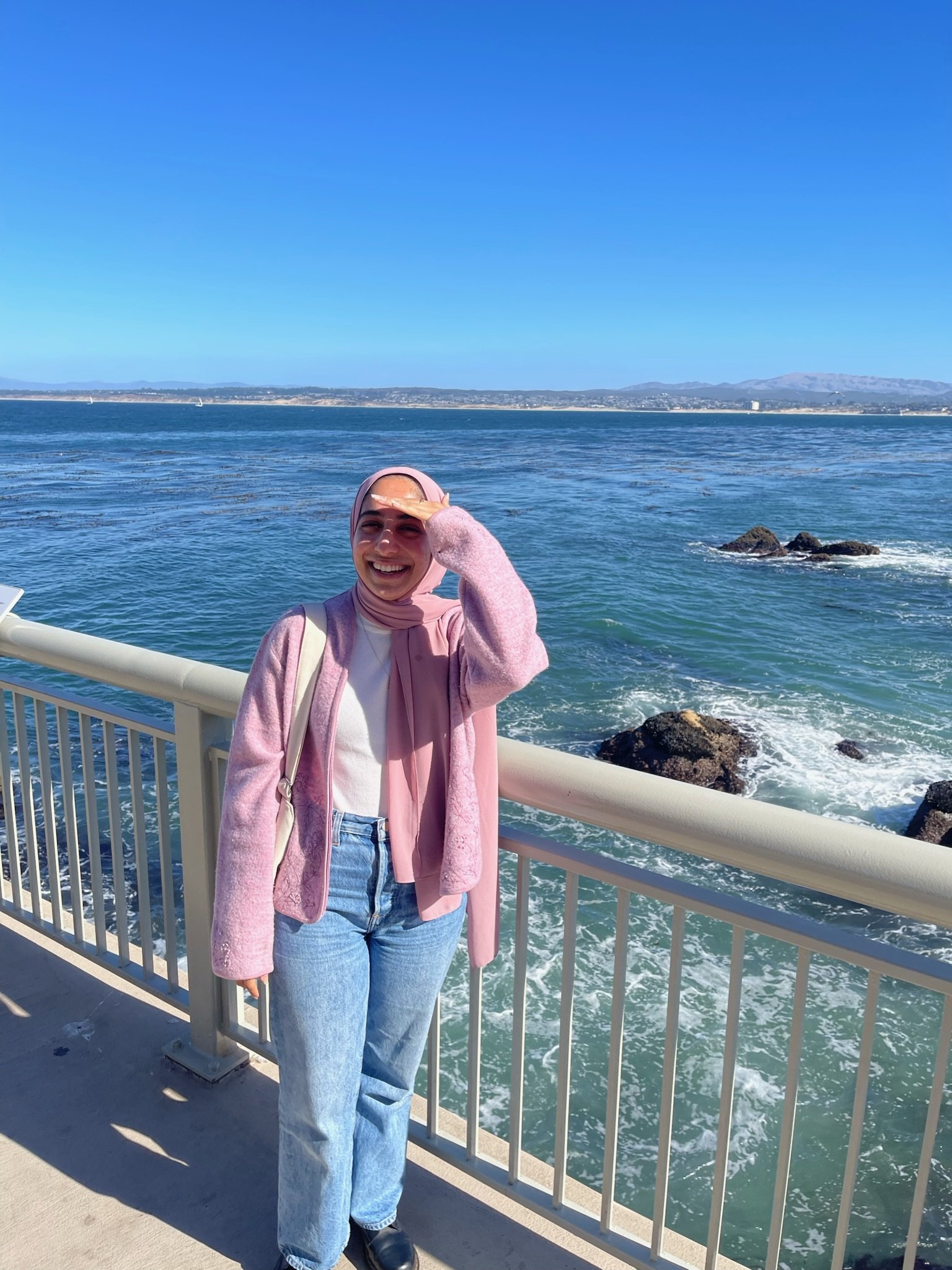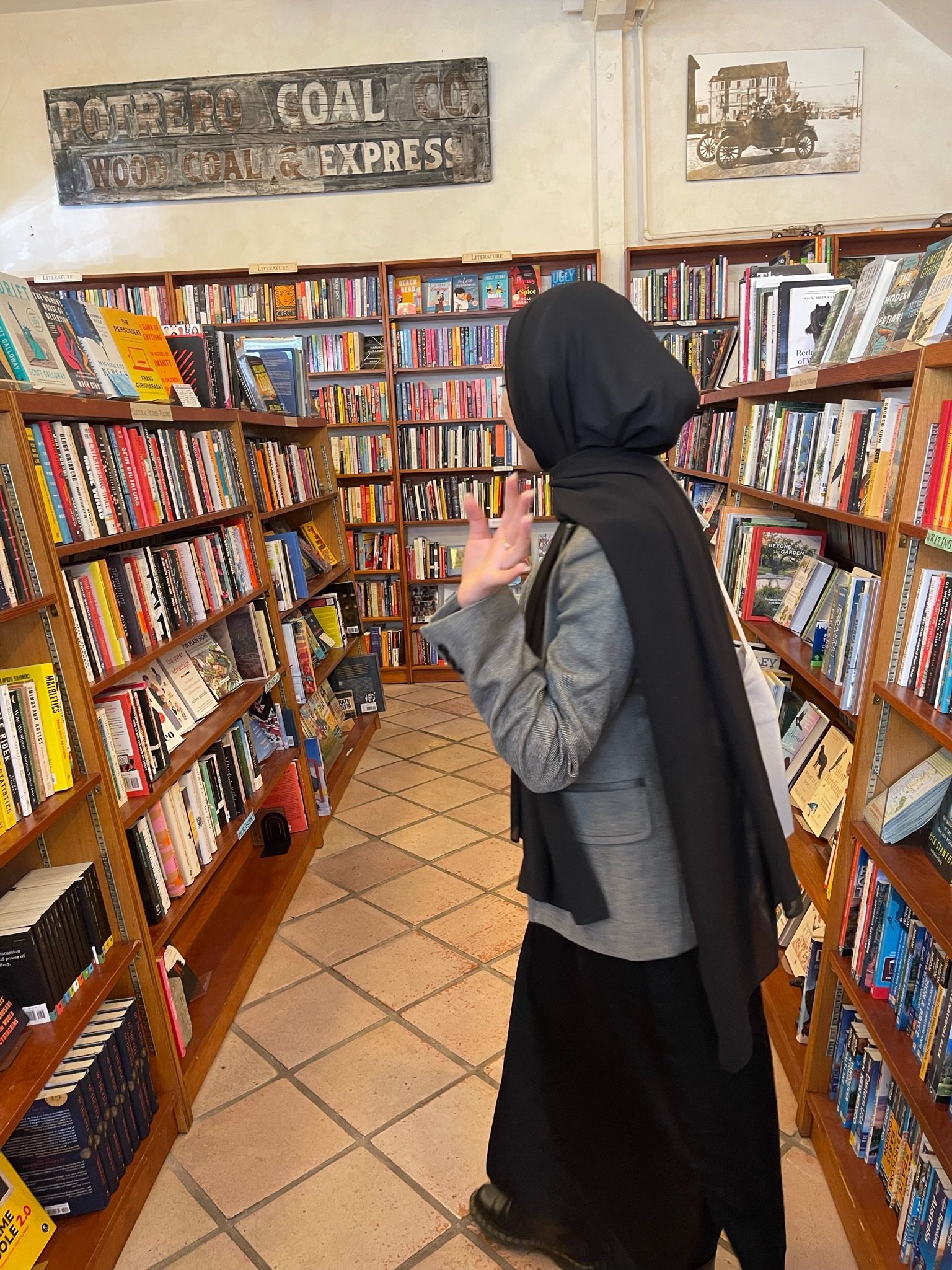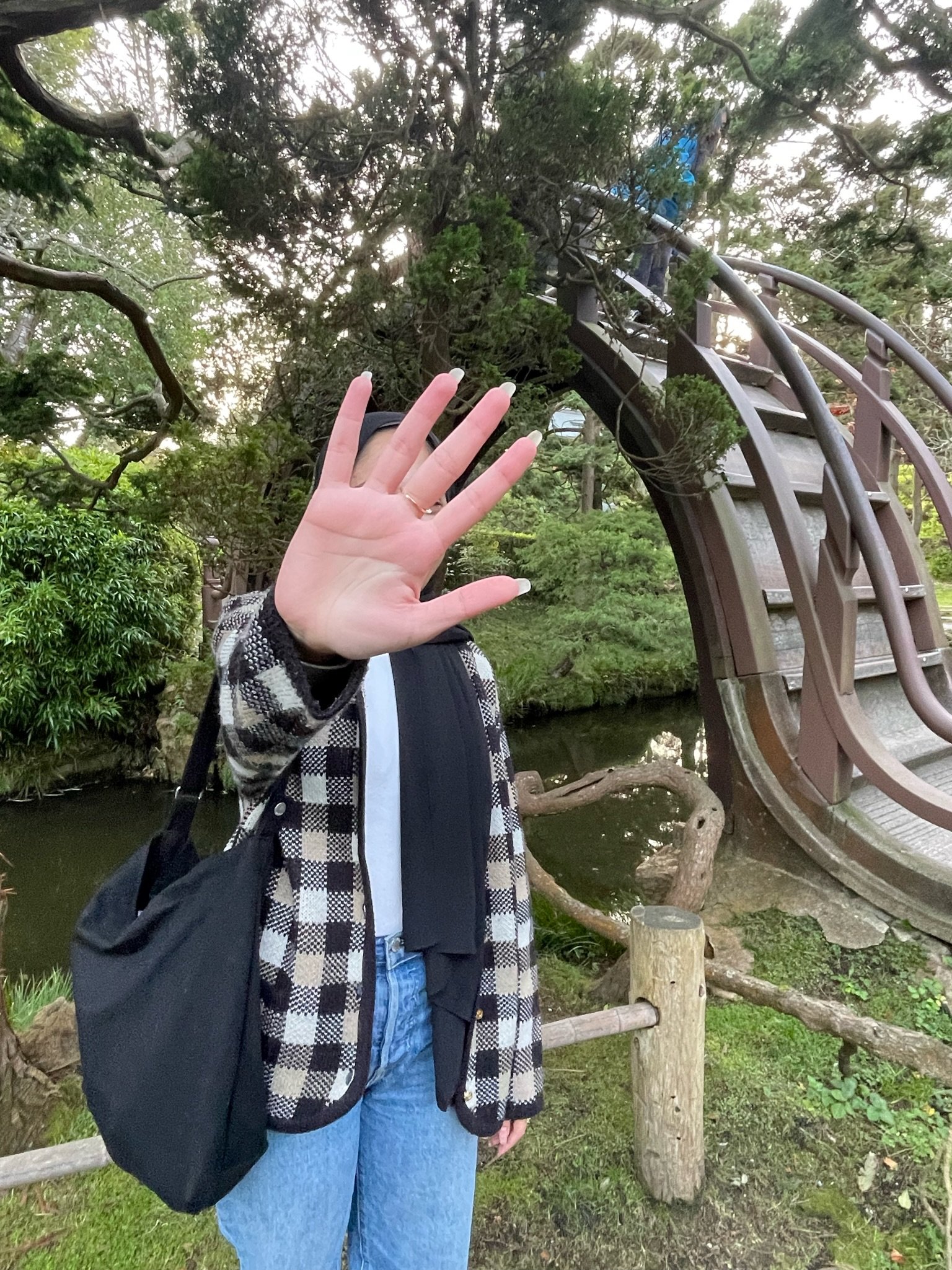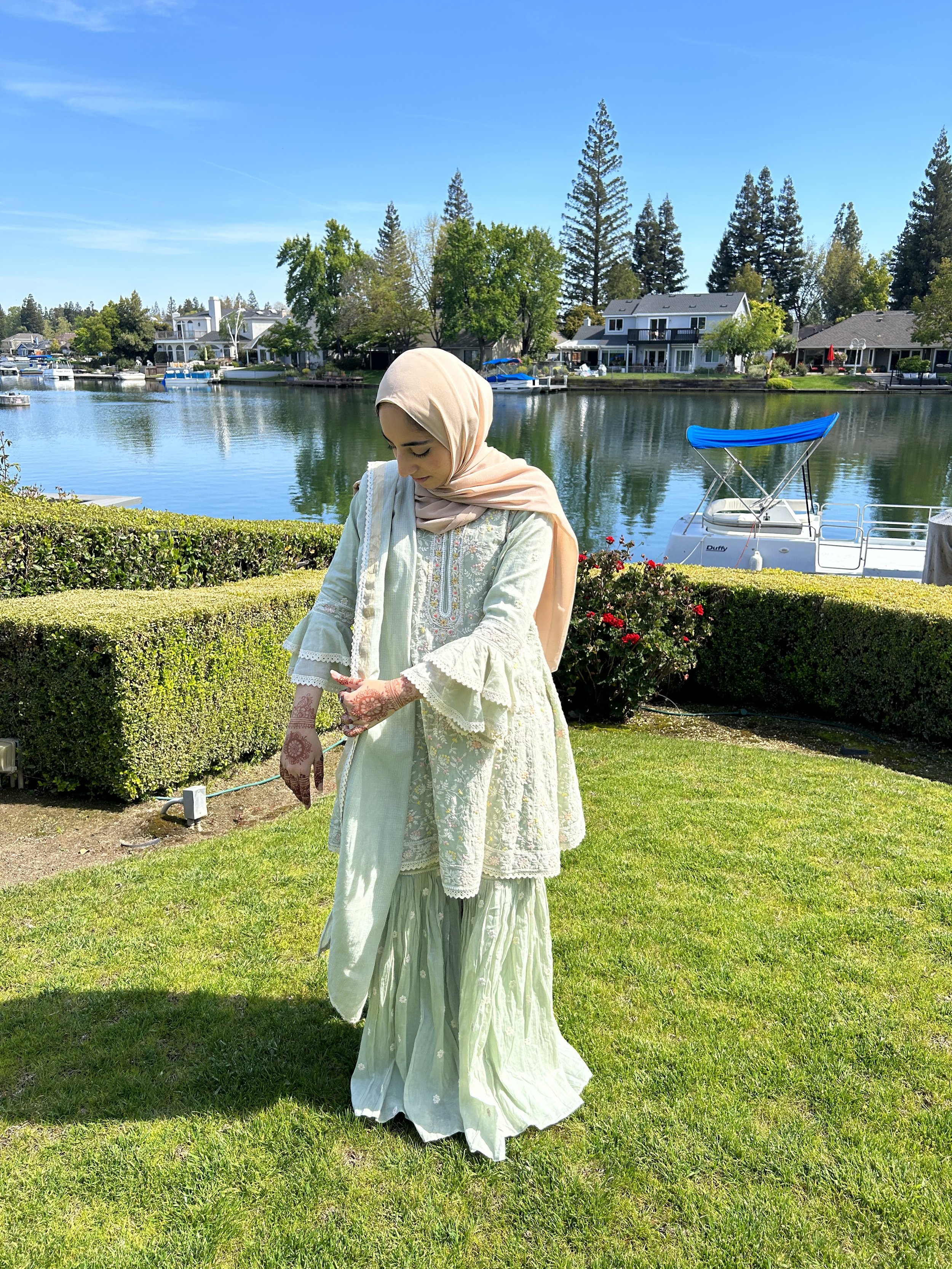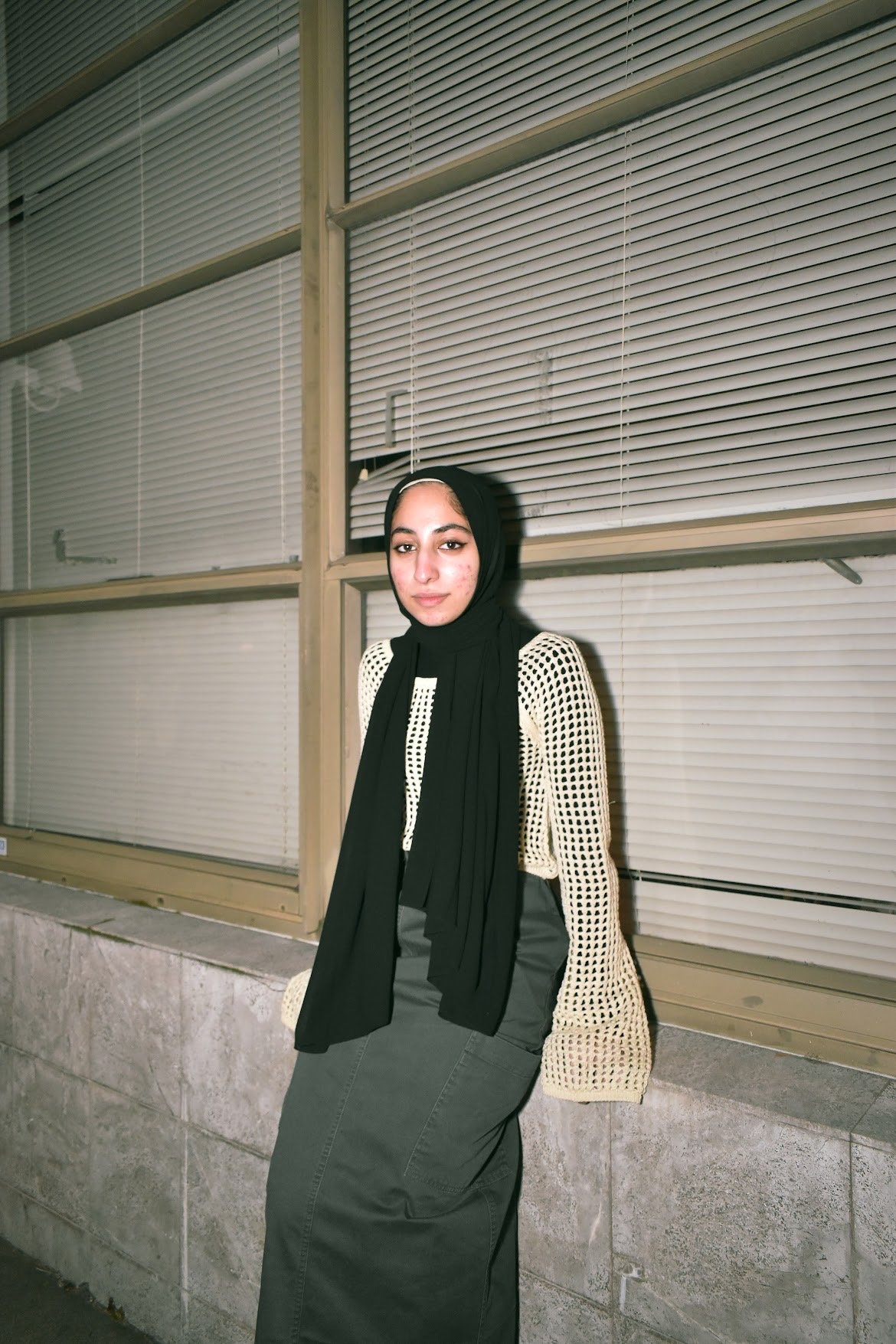The Muslim Girl’s Guide to Modest Dressing
I started to wear the hijab at 17 years old. I’ve had an interest in fashion since I can remember, though as my relationship with Islam has changed, so has my self-presentation. When I began to dress more modestly, I started to have a harder time creating outfits that fit my new modest preferences while staying true to my personality. The past three years have taught me a lot and, through trial and error, I’ve picked up on a few ways to make modest dressing fun and accessible that I’d like to share!
1. Play around with your color palette! I’ve found that many hijabis refrain from styling themselves in bold colors and patterns out of fear that it will draw further attention to something that already makes them stick out. I, too, have habitually thrown on the same neutral hijab that does its job and nothing more, but I soon realized how much I was ignoring the creative potential of my own wardrobe. Bright pinks, blues, greens–if anything, these were the colors I should be gravitated towards. If you’re struggling at all with expressing your style while prioritizing your religious values, wearing that vibrant sweater or trying out that bold hijab might help you get to a place where you feel most like yourself. Within my own experience, I began by thinking about which colors I’m most attracted to–often jewel tones and pastels. I love florals, especially the kinds that remind me of my mom’s clothes from the 90s, as well as plaids and embroidery. From this starting point, I extracted the colors and patterns that fit me best out of my wardrobe and kept an eye out for them while shopping. Something that helps me when putting together an outfit (especially when it’s 9AM and I’m already late for lecture) is using my tops and hijabs to create a monochromatic look. This can mean wearing a mauve sweater and pairing it with a matching mauve hijab or a periwinkle sweater and complementing it with a navy hijab. Don’t feel obligated to pair bright, bold colors with neutrals; every outfit is an opportunity to develop a unique color palette! Since wearing a hijab is an additional layer or piece to your outfit, it can be hard to balance the classic shirt-pant combo without the outfit becoming overwhelming. However, using this technique can ease the difficulty of mixing and matching your clothing items to cultivate a look that feels right for you.
2. There are more than one (or even a few) silhouettes to choose from! Within the current wave of fashion trends favoring oversized and baggy clothing, many hijabis feel relieved by the fact that their preferences fit into recent aesthetics. This has allowed Muslim women to explore modest fashion within a more accessible environment than ever before; however, it can also inhibit the artistry and personal flair that they can incorporate into their presentations. If you want to switch up your look, I recommend first investing in wide-leg jeans and pants, maxi dresses, and easy-to-layer tops. These pieces make it much simpler to create a foundation for many interesting and dynamic outfits. For example, with a white turtleneck alone you can make several outfits by layering it under cardigans, vests, strappy dresses, jumpsuits, blazers, and more! Yes, baggy jeans and an oversized crew neck are a nice go-to but try experimenting with other outfit formulas as well. I personally love using a simple black slip dress to make my vibrant hijabs speak for themselves, and if it’s chilly outside I incorporate shirt-jackets and sweaters to marry different colors and textures together. If you’re bored by this basic formula, you can also try wearing a tunic or attempting the hotly-debated dress-over-pants look–which I fully support. While I understand the desire to stay within current trends, try not to limit your silhouettes to what is ‘in.’ Wearing a hijab or dressing modestly is a deeply personal pursuit, so don’t feel embarrassed to wear something different or even a little unusual.
3. Get creative! Sometimes it feels like there is one specific aesthetic hijabis are encouraged to sport. Maybe you’ve seen it: heavy though perfectly executed makeup, some gravity-defying hijab style that is equally sleek and effortless, and a perfectly pressed matching tunic-pant set. (I often find it scrolling through whatever Muslim-owned womenswear website I’ve decided to give all my money to.) While undeniably beautiful and elegant, I don’t find this style to be all that realistic, especially for college students. Despite how oversaturated this look is, there are more styles and aesthetics that are equally cute and modest-friendly. I suggest asking yourself a few questions: What eras of fashion history am I most attracted to? What outfits of mine make me feel most confident? What parts of my personality do I want to highlight through my style? From your answers, you may find that you prefer soft, feminine aesthetics in the form of pastel colors and A-line silhouettes or more utilitarian aesthetics using neutral tones and flannel shirts. (Extra points if you wear both!) I personally like jumping between aesthetics and feel best in outfits reminiscent of 90s minimalism but also 70s-esque exaggerated silhouettes (bell bottoms are great, ok?) and jewel tones. No matter how ‘out there’ your taste is, don’t be afraid to incorporate it into your everyday style–individuality is meant to be celebrated!
When in doubt, remember to prioritize your intention. Within our current culture of body-checking and social media-driven fads and obsessions, choosing to wear the hijab or dressing modestly can feel like an active deviation from Western notions of beauty and femininity. The reality, however, is that modesty is just an outward form of worship. Exploring new styles is fun and exciting, but isn’t what’s most important. From one Muslim woman to another, I remind those in my community that to preserve one’s modesty is not only a rejection of vanity and body consciousness; it is also a means to achieve peace and fulfillment in qualities beyond the physical.
Good luck!

